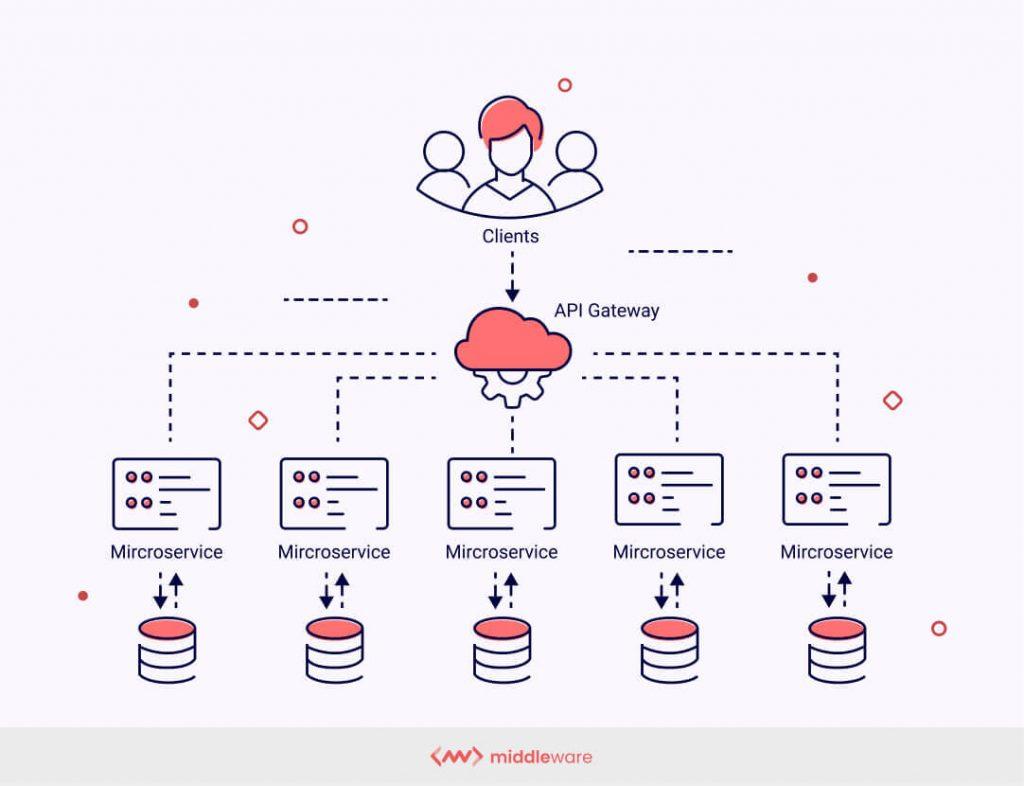In the landscape of modern software development, the adoption of microservices has emerged as a pivotal architectural paradigm, reshaping how applications are designed, deployed, and maintained. This approach, which breaks down applications into smaller, loosely coupled services, allows for greater flexibility, scalability, and resilience in an increasingly complex digital environment. As organizations strive to enhance their agility and speed to market, the microservices architecture facilitates continuous integration and continuous deployment (CI/CD) practices, enabling development teams to independently build and deploy services with minimal disruption. In this article, we will explore the fundamental principles of microservices, their advantages and challenges, and the critical role they play in fostering innovation and efficiency within software development processes today.
Table of Contents
- Understanding Microservices Architecture and Its Fundamentals
- Benefits of Implementing Microservices in Software Development
- Challenges and Considerations in Microservices Adoption
- Best Practices for Designing and Managing Microservices Systems
- To Wrap It Up
Understanding Microservices Architecture and Its Fundamentals
Microservices architecture is a software design approach that structures an application as a collection of loosely coupled services. Each service is independently deployable, enables teams to develop, test, and deploy functionalities in isolation, and can be scaled independently to handle varying loads. This modularity is essential for enhancing agility in development environments, allowing organizations to respond swiftly to business changes and technological advancements. The core principles driving microservices include:
- Decentralization: Promotes the distribution of decision-making authority, encouraging teams to choose the best technology stacks for their services.
- Continuous Deployment: Facilitates frequent updates with minimal downtime, improving user experience.
- Service Independence: Ensures that services can evolve without impacting one another, enhancing maintainability.
The architecture is often underpinned by fundamental technologies and practices that support its effectiveness. Key components include API communication for service interaction, containerization for consistent deployment environments, and orchestration tools to manage service complexities. Understanding how these elements interact is crucial for organizations aiming to leverage microservices. The following table summarizes important technologies commonly associated with microservices:
| Technology | Description |
|---|---|
| Docker | Enables containerization for packaging applications and dependencies together. |
| Kubernetes | Manages containerized applications, providing automated deployment, scaling, and operations. |
| RESTful APIs | Standardizes service communication, allowing different services to interact seamlessly. |
| Message Brokers | Facilitates asynchronous communication between services, enhancing reliability. |
Benefits of Implementing Microservices in Software Development
Implementing a microservices architecture can significantly enhance the agility and flexibility of software development processes. By breaking down applications into smaller, independent services, teams can work on different components simultaneously, leading to faster development cycles. This modular approach facilitates easier updates and deployments, reduces the risk of system-wide failures, and allows for targeted scaling of individual services based on demand. Moreover, microservices enable organizations to adopt a range of technologies and programming languages tailored to specific needs without being constrained by a monolithic structure.
Additionally, microservices contribute to improved fault tolerance and resilience. In a microservices setup, the failure of one service does not necessarily lead to the breakdown of the entire application, allowing it to continue operating in a reduced capacity. This separation of concerns enhances the overall reliability of the software. Furthermore, teams can conduct A/B testing more effectively within microservices, enabling data-driven decision-making for optimizations. The ability to implement different deployment strategies, such as continuous delivery and blue-green deployments, promotes a culture of innovation and experimentation that is vital in today’s competitive landscape.
Challenges and Considerations in Microservices Adoption
The transition to a microservices architecture is not without its hurdles. Organizations must consider a variety of factors that can significantly impact the success of their adoption strategy. Key challenges include:
- Complexity Management: Microservices increase the number of moving parts in an application, leading to potential difficulties in deployment and management.
- Data Consistency: Maintaining data integrity across multiple services can be problematic and often requires implementing complex patterns.
- Service Coordination: Effective communication between services can pose a challenge, leading to issues such as latency and service discovery complications.
In addition to these challenges, organizations must also address cultural and operational shifts. A successful microservices implementation often necessitates:
- Skill Development: Teams may need new skills in areas such as containerization and orchestration.
- DevOps Integration: Embracing DevOps practices tends to be essential for facilitating continuous delivery and deployment.
- Monitoring and Reporting: New tools and frameworks may be required to effectively monitor the health and performance of microservices.
Best Practices for Designing and Managing Microservices Systems
Designing and managing microservices requires a deliberate approach to ensure that individual services work harmoniously within an ecosystem. One of the best practices is to adopt a domain-driven design methodology, which helps in identifying and structuring services around business capabilities. This enables teams to build services that are not only cohesive but also loosely coupled, allowing for easier modifications and faster deployments. Furthermore, implementing API versioning is crucial, as it ensures that changes in one service do not ripple through and disrupt others. Emphasizing robust monitoring and logging practices can significantly improve the observability of microservices, facilitating timely detection and resolution of issues that may arise in production.
Another key aspect is to promote a DevOps culture that encourages collaboration between development and operations teams. Utilizing automated testing frameworks can help maintain high quality across services and catch potential problems early in the development cycle. Moreover, deploying a circuit breaker pattern aids in enhancing system resilience, ensuring that failures are contained without cascading through the entire architecture. Regularly conducting service audits can help teams identify redundancy and areas for optimization, ultimately leading to a more efficient microservices environment. The following table summarizes these best practices:
| Best Practices | Description |
|---|---|
| Domain-Driven Design | Structure services based on business capabilities. |
| API Versioning | Manage service updates without disruptions. |
| Monitoring and Logging | Enhance observability for quick issue resolution. |
| DevOps Culture | Foster collaboration between development and operations. |
| Automated Testing | Ensure service quality through continuous testing. |
| Circuit Breaker Pattern | Improve resilience by containing failures. |
| Service Audits | Identify redundancies and optimize performance. |
To Wrap It Up
the adoption of microservices has fundamentally transformed modern software development, offering unprecedented flexibility, scalability, and resilience in application design. By breaking down complex systems into smaller, manageable components, organizations can accelerate deployment cycles, enhance team collaboration, and improve fault isolation. However, transitioning to a microservices architecture is not without its challenges, including increased operational complexity and the necessity for robust service orchestration and monitoring solutions.
As industries continue to evolve and demand greater agility in their software solutions, the role of microservices is likely to expand further. Embracing practices such as continuous integration and continuous deployment (CI/CD), automated testing, and containerization will be essential for maximizing the benefits of a microservices approach. Ultimately, the success of microservices in any given organization hinges on its ability to align technical capabilities with business objectives, ensuring that the architectural decisions made today can adapt to the needs of tomorrow. As we move forward in this rapidly changing landscape, the microservices paradigm will undoubtedly remain a cornerstone of innovative and effective software development strategies.






